The vestibular nerve, also known as the vestibulocochlear nerve or cranial nerve VIII, is an essential component of the human auditory and vestibular systems. It plays a crucial role in maintaining our balance and spatial orientation. Understanding the location and function of the vestibular nerve is important for comprehending its role in various disorders and conditions related to balance and spatial awareness.
Understanding the Vestibular Nerve
Definition and Function of the Vestibular Nerve
The vestibular nerve is one of the two branches of the vestibulocochlear nerve, alongside the cochlear nerve. These branches originate from the inner ear, specifically the vestibular apparatus. While the cochlear nerve is responsible for transmitting sound signals to the brain for auditory processing, the vestibular nerve carries sensory information to the brain regarding head position, movement, and spatial orientation.
The vestibular nerve plays a crucial role in our daily lives, allowing us to maintain balance and coordination. Imagine walking on a narrow beam or riding a roller coaster – these activities would be impossible without the vestibular nerve providing constant feedback to our brain about the position and movement of our head.
When we move our head, the vestibular nerve detects these changes and sends signals to the brain, which then processes the information and generates appropriate responses. This intricate system helps us adjust our body position, stabilize our gaze, and maintain equilibrium.
Anatomy of the Vestibular Nerve
The vestibular nerve consists of a complex network of nerve fibers that originate from the vestibular ganglion. This ganglion, also known as Scarpa’s ganglion, is located within the petrous part of the temporal bone, near the inner ear. It contains the cell bodies of the vestibular nerve fibers.
From the vestibular ganglion, the nerve fibers extend towards various regions of the brainstem, primarily the vestibular nuclei. These nuclei are critical for processing and integrating the sensory information received from the vestibular nerve. They act as relay stations, ensuring that the signals are properly interpreted and sent to the appropriate areas of the brain.
Once the vestibular nuclei have processed the information, they transmit it to other areas of the brain involved in balance, spatial awareness, and coordinating eye movements. This intricate network of connections allows for seamless coordination between the vestibular system and other sensory systems, such as vision and proprioception.
It is fascinating to think about the complexity of the vestibular nerve and how it interacts with various parts of the brain to ensure our balance and spatial orientation. Without this intricate system, simple tasks like standing up or walking would be incredibly challenging.
Next time you find yourself effortlessly maintaining your balance, take a moment to appreciate the incredible work of the vestibular nerve and the intricate web of connections that allow us to navigate the world with ease.
The Location of the Vestibular Nerve
The Vestibular Nerve in the Inner Ear
As mentioned earlier, the vestibular nerve originates from the vestibular apparatus, which is situated deep within the inner ear. The vestibular apparatus consists of three semicircular canals and two otolith organs: the utricle and saccule.
The semicircular canals are responsible for detecting rotational movements of the head, such as when we nod or shake our heads. These canals are filled with a fluid called endolymph, which moves in response to head movements. When the head rotates, the movement of the endolymph stimulates hair cells within the semicircular canals, which then send signals to the brain via the vestibular nerve.
The otolith organs, on the other hand, detect linear accelerations and changes in head position relative to gravity. They are made up of tiny calcium carbonate crystals called otoliths, which are embedded in a gelatinous substance. When the head moves, the otoliths shift, causing the gelatinous substance to bend the hair cells and trigger signals to be sent to the brain through the vestibular nerve.
Connection to the Brainstem
Upon exiting the vestibular apparatus, the fibers of the vestibular nerve travel through the internal auditory canal, also known as the internal acoustic meatus, which is a bony canal located within the temporal bone. This canal serves as a pathway for the vestibular nerve to reach the brainstem.
Within the brainstem, the vestibular nerve fibers make connections with the vestibular nuclei, as mentioned earlier. These nuclei are strategically positioned within the brainstem to receive and process the sensory information from the vestibular nerve. The nuclei then transmit these signals to other relevant areas of the brain.
The vestibular nuclei play a crucial role in maintaining balance and coordinating eye movements. They receive input from both the left and right vestibular nerves, allowing for a comparison of signals from both sides of the body. This bilateral input helps in the accurate perception of head movements and spatial orientation.
Once the vestibular nuclei process the incoming signals, they send outputs to various areas of the brain, including the cerebellum, which is responsible for fine-tuning movements, and the oculomotor nuclei, which control eye movements. These connections enable the brain to generate appropriate motor responses and maintain stable vision during head movements.
In addition to balance and eye movements, the vestibular nerve also plays a role in spatial awareness and perception. The information provided by the vestibular system helps us maintain an accurate sense of our body’s position in space and navigate our surroundings effectively.
Disorders Related to the Vestibular Nerve
The vestibular nerve is a crucial component of the inner ear responsible for transmitting sensory information related to balance and spatial awareness to the brain. When this nerve is affected by disorders, it can lead to various symptoms that significantly impact an individual’s daily life.
Symptoms of Vestibular Nerve Disorders
Disorders affecting the vestibular nerve can manifest in a range of symptoms, all of which are related to balance and spatial awareness. One of the most common symptoms is vertigo, which is characterized by a sensation of spinning or whirling, even when the individual is at rest. This disorienting feeling can be extremely distressing and may lead to nausea and vomiting in some cases.
In addition to vertigo, individuals with vestibular nerve disorders may experience dizziness, a feeling of lightheadedness or unsteadiness. These sensations can make it challenging to perform everyday activities, such as walking or driving, and may significantly impact an individual’s quality of life.
Difficulties with coordination are another common symptom of vestibular nerve disorders. Individuals may find it challenging to maintain their balance, leading to frequent stumbling or falls. This can further contribute to feelings of frustration and a loss of independence.
It is important to note that while these symptoms are commonly associated with vestibular nerve disorders, they can also be indicative of other conditions. Therefore, it is crucial for individuals experiencing these symptoms to consult with a healthcare professional for an accurate diagnosis and appropriate treatment.
Diagnosis and Treatment Options
Diagnosing vestibular nerve disorders typically involves a comprehensive evaluation that may include a thorough medical history review, physical examination, and specialized tests. These tests are designed to assess the function and integrity of the vestibular nerve and the vestibular apparatus.
One commonly used test is electronystagmography, which measures eye movements in response to specific stimuli. By analyzing these eye movements, healthcare professionals can gather valuable information about the functioning of the vestibular nerve. Another test, vestibular evoked myogenic potentials, measures muscle responses to sound stimulation, providing further insights into the integrity of the vestibular system.
Once a diagnosis is made, the treatment options for vestibular nerve disorders depend on the underlying cause and the severity of the condition. In some cases, conservative measures may be recommended, such as vestibular rehabilitation exercises. These exercises aim to retrain the brain to compensate for the vestibular dysfunction and improve balance and coordination.
Lifestyle modifications, such as avoiding triggers that worsen symptoms (such as certain head movements or bright lights), can also be helpful in managing vestibular nerve disorders. Additionally, medication may be prescribed to alleviate symptoms such as vertigo and dizziness.
In more severe cases, surgical interventions may be necessary. These procedures aim to correct any structural abnormalities or damage to the vestibular nerve. Assistive devices, such as canes or walkers, may also be recommended to improve balance and mobility in individuals with significant impairment.
It is important to emphasize that managing vestibular nerve disorders effectively requires an individualized approach that considers the specific needs and circumstances of each patient. Therefore, close collaboration between healthcare professionals and patients is crucial to develop a comprehensive treatment plan that addresses the unique challenges posed by these disorders.
The Role of the Vestibular Nerve in Balance and Spatial Orientation
How the Vestibular Nerve Affects Balance
The vestibular nerve plays a fundamental role in our ability to maintain balance. It provides continuous sensory input to the brain regarding the position and movement of our head in relation to gravity. Based on this information, the brain makes rapid adjustments to our muscle tone and eye movements, allowing us to stay balanced and oriented in our surroundings.
But how exactly does the vestibular nerve accomplish this? Well, it is connected to a complex network of structures within the inner ear, collectively known as the vestibular system. This system includes the semicircular canals, which detect rotational movements of the head, and the otolith organs, which detect linear movements and changes in head position.
When we move our head, the fluid within these structures also moves, stimulating the hair cells that line their walls. These hair cells then send electrical signals through the vestibular nerve to the brain, providing crucial information about the head’s position and movement.
Once the brain receives this information, it quickly processes it and sends signals to various parts of the body to maintain balance. For example, if we tilt our head to the side, the brain will send signals to the muscles in our neck and back to adjust our posture and keep us upright.
When the vestibular nerve is compromised, such as in the case of a vestibular nerve disorder or injury, our balance control can be significantly disrupted. This can lead to difficulties with activities that involve coordination and spatial awareness, potentially impacting our overall quality of life.
The Vestibular Nerve and Spatial Awareness
Spatial awareness refers to our ability to perceive and navigate our surroundings accurately. The information provided by the vestibular nerve is crucial for developing and maintaining spatial awareness. It allows us to gauge distances, understand our orientation in relation to objects and other individuals, and successfully navigate through our environment.
Imagine walking through a crowded marketplace. Your vestibular nerve is constantly providing your brain with information about the position and movement of your head, allowing you to navigate through the bustling crowd without colliding with anyone or anything. It helps you maintain a sense of where you are in relation to your surroundings, preventing disorientation and ensuring a smooth journey.
Individuals with vestibular nerve disorders may experience challenges with spatial awareness, making tasks such as walking in crowded spaces or driving more difficult. They may struggle to accurately judge distances, leading to a higher risk of accidents or falls. However, it’s important to note that with proper diagnosis and treatment, these challenges can be overcome or managed effectively.
Adaptive strategies and proper rehabilitation can help improve spatial awareness and compensate for any deficits caused by vestibular nerve dysfunction. For example, individuals may learn to rely more on visual cues or develop alternative strategies to maintain balance and navigate their surroundings.
In conclusion, the vestibular nerve plays a crucial role in our ability to maintain balance and spatial orientation. It provides continuous sensory input to the brain, allowing us to make rapid adjustments to our muscle tone and eye movements. When compromised, it can lead to difficulties with coordination, spatial awareness, and overall quality of life. However, with proper diagnosis, treatment, and rehabilitation, individuals can overcome these challenges and regain their sense of balance and orientation in the world.
Frequently Asked Questions about the Vestibular Nerve
Common Misconceptions about the Vestibular Nerve
There are several misconceptions about the vestibular nerve that may warrant clarification. One common misconception is that vestibular nerve disorders only affect older individuals. While age-related changes can contribute to vestibular issues, these conditions can affect people of all ages, including children and young adults.
It is important to note that the vestibular nerve plays a crucial role in our body’s balance and spatial awareness, and any disruption to its functioning can have a significant impact on our daily lives. Therefore, it is crucial to understand that vestibular nerve disorders can affect individuals of all age groups, and prompt diagnosis and treatment are essential for managing these conditions effectively.
Another misconception is that vestibular nerve disorders cannot be treated or managed effectively. While these disorders can be challenging to diagnose and treat, innovative treatments and therapeutic approaches have shown promising results in improving symptoms and restoring function.
Advancements in medical technology and research have led to the development of various treatment options for vestibular nerve disorders. These options may include medication, physical therapy, vestibular rehabilitation exercises, and in some cases, surgical interventions. It is important to consult with a healthcare professional who specializes in vestibular disorders to determine the most suitable treatment plan for your specific condition.
Important Facts to Know about the Vestibular Nerve
Understanding the vestibular nerve and its role in our sensory systems is essential for appreciating its impact on our daily lives. The vestibular nerve is one of the two branches of the vestibulocochlear nerve, also known as the eighth cranial nerve. It carries sensory information from the inner ear to the brain, helping us maintain balance, coordinate movements, and perceive spatial orientation.
The vestibular nerve consists of a complex network of nerve fibers that transmit signals from the vestibular organs in the inner ear to the brainstem and other parts of the central nervous system. These signals provide crucial information about the position and movement of our head and body in relation to gravity and the environment.
If you are experiencing symptoms related to balance or spatial awareness, it is advisable to consult with a healthcare professional. They can provide a comprehensive assessment and guide you through proper diagnosis and treatment options tailored to your specific needs. Remember, early intervention and appropriate management are key to minimizing the impact of vestibular nerve disorders on your overall well-being.
In addition to seeking medical advice, there are also lifestyle modifications that can help manage vestibular nerve disorders. These may include maintaining a healthy diet, engaging in regular exercise, practicing stress management techniques, and avoiding triggers that worsen symptoms, such as excessive caffeine or alcohol consumption.
It is important to remember that vestibular nerve disorders can have a significant impact on an individual’s quality of life. These conditions can cause symptoms such as dizziness, vertigo, imbalance, nausea, and difficulty concentrating. Therefore, seeking timely medical attention and adopting appropriate coping strategies are crucial for managing the physical, emotional, and social aspects of living with a vestibular nerve disorder.




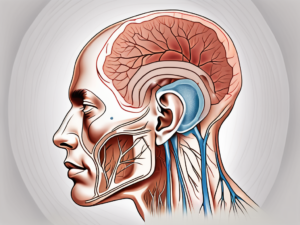
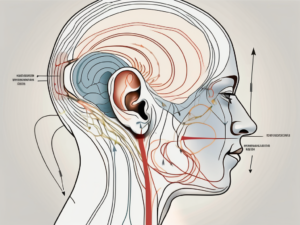
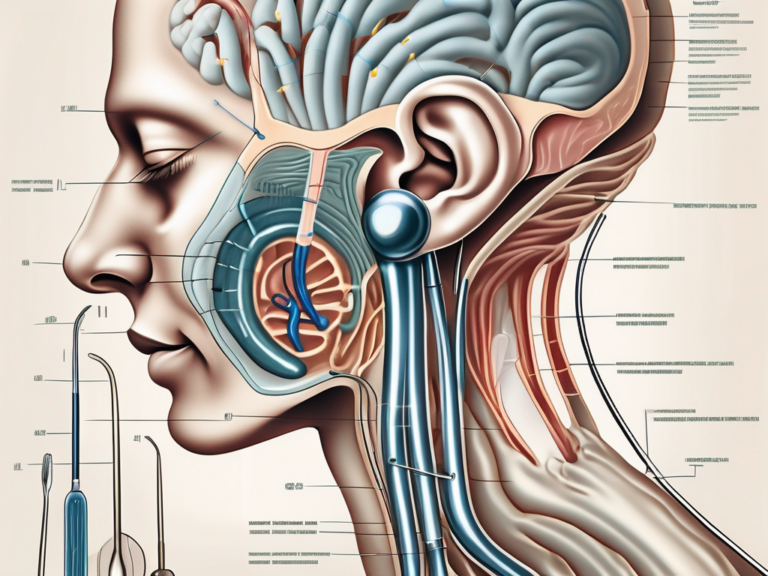
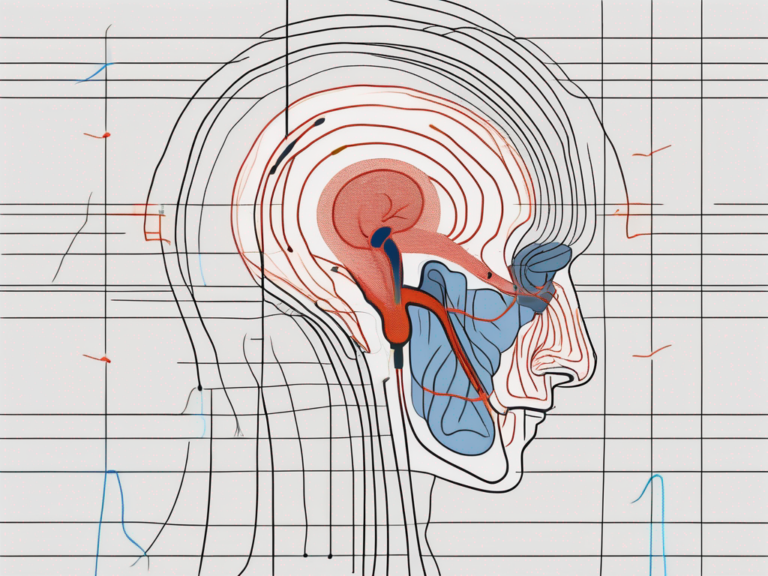
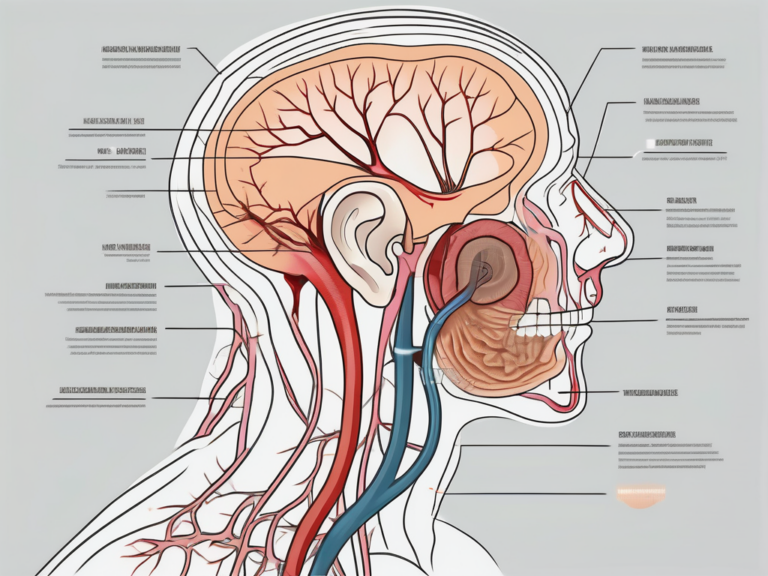
+ There are no comments
Add yours